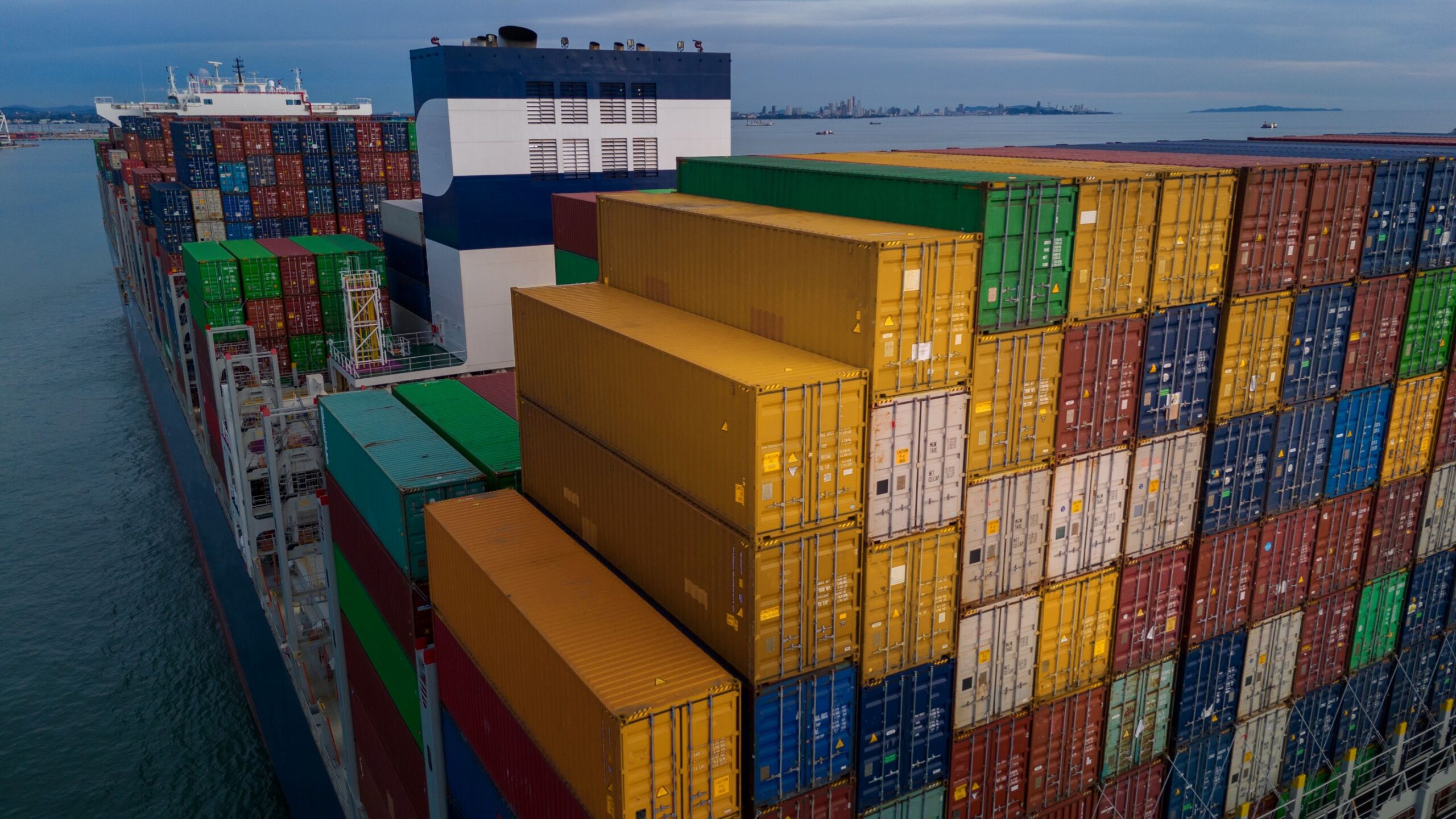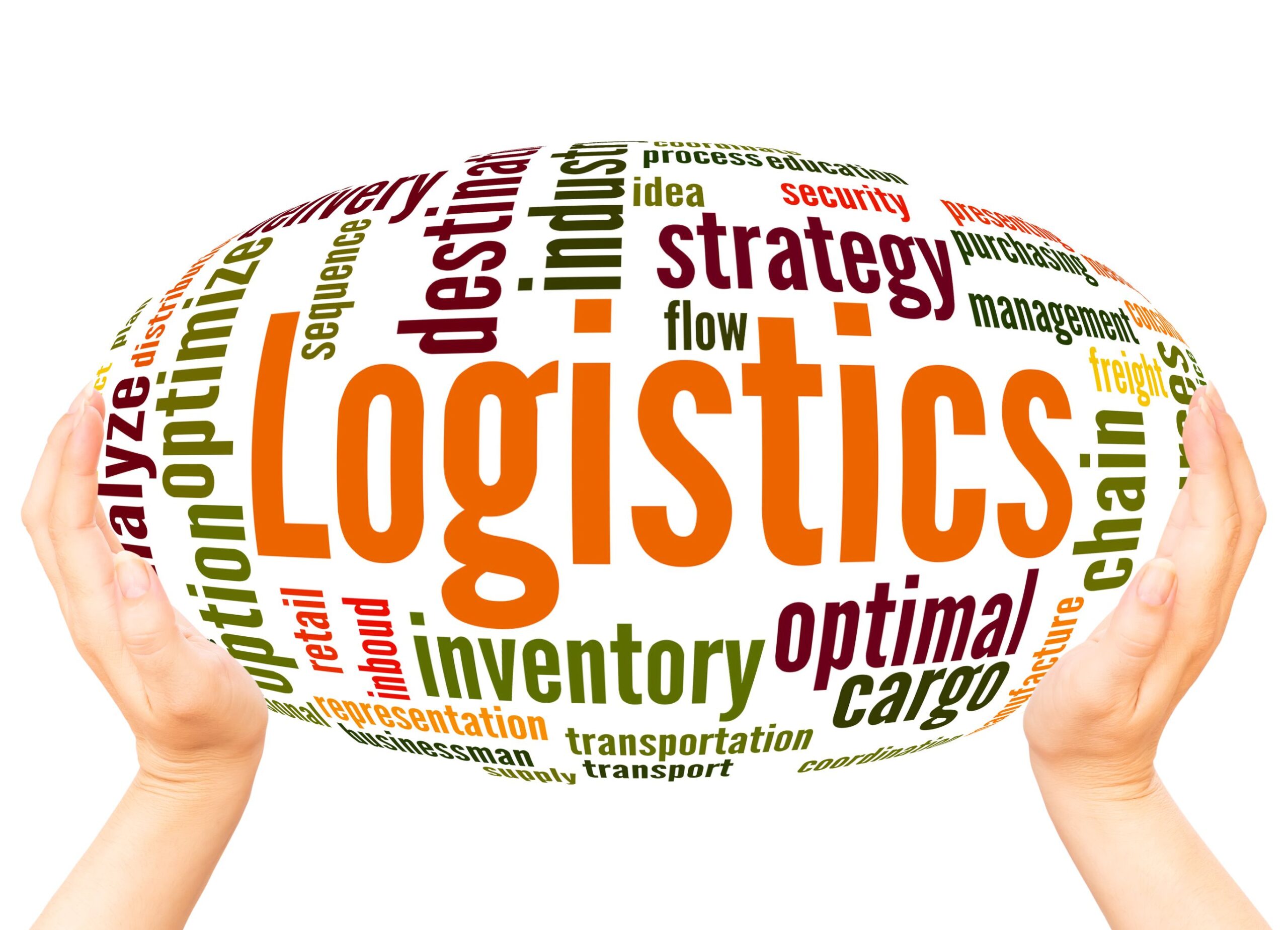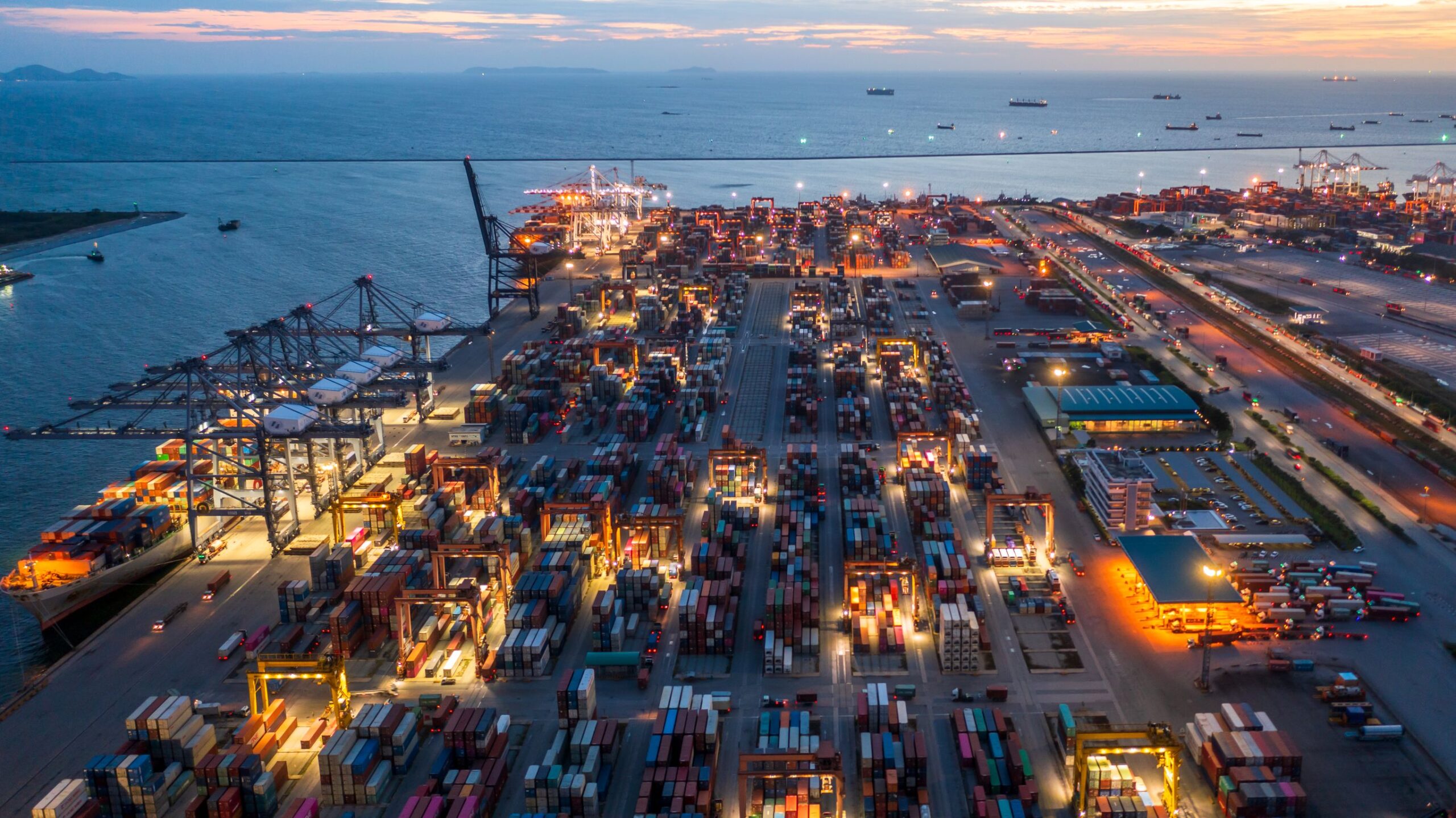The new normal for global supply chains is constant disruption.# Navigating 2025: How Canal Disruptions Reshape Import Export Logistics.
The new normal for global supply chains is constant disruption. For shipping managers and supply chain leaders, the persistent volatility in the Red Sea and the ongoing operational challenges at the Panama Canal have created a complex and unpredictable landscape. These two critical maritime chokepoints, responsible for a significant portion of global trade, are forcing a fundamental rethink of established shipping strategies and import export logistics. The ripple effects—from rerouted vessels and volatile freight rates to equipment shortages and extended transit times—are testing the resilience of businesses across North America.
Successfully navigating this environment requires more than just reactive adjustments. It demands proactive, strategic planning and a deep understanding of the available levers to pull. This guide will explore the key challenges emerging from these disruptions and provide practical, actionable strategies for your business. We will delve into route optimization, modal shifts, and compliance readiness to help you build a more agile and resilient supply chain. With the right partnership and a clear view of the landscape, you can mitigate risk and maintain a competitive edge in your import export logistics operations.
The Twin Challenges: Red Sea and Panama Canal Disruptions
Understanding the specifics of each disruption is the first step toward building an effective response in import export logistics. While both create delays and add costs, their root causes and resulting impacts differ significantly.
Red Sea Rerouting: The Suez Canal Detour
Security threats in the Red Sea have compelled most major ocean carriers to avoid the Suez Canal, a vital artery connecting Asia and Europe. Instead, vessels are taking the much longer route around Africa’s Cape of Good Hope.
- – Impact on Transit Times: This rerouting adds approximately 10-14 days to a typical voyage from Asia to Northern Europe or the U.S. East Coast.
- – Increased Costs: Longer journeys mean higher fuel consumption, leading to emergency surcharges and increased operational expenses passed on to shippers.
- – Vessel Bunching and Port Congestion: The longer, less predictable routes cause vessels to arrive at destination ports in clusters, straining terminal capacity and leading to berthing delays on the U.S. East Coast and in Europe.
Panama Canal: A Climate and Capacity Crunch
The Panama Canal is facing a different challenge: a historic drought has lowered water levels in Gatun Lake, the main reservoir that feeds the canal’s locks. In response, the Panama Canal Authority has implemented restrictions on daily transits and vessel draft (how deep a ship sits in the water). [Outbound Link 1: https://www.pancanal.com/en/ – Panama Canal Authority Advisories]
- – Transit Limitations: The number of vessels allowed to pass through the canal daily has been significantly reduced, creating a backlog of ships waiting for a slot.
- – Weight Restrictions: Lower draft limits mean vessels cannot be loaded to full capacity, forcing shippers to either split shipments across multiple containers or find alternative routes. This directly impacts cost-per-unit calculations and overall efficiency.
- – Auction System Volatility: Shippers desperate to avoid delays can bid for limited transit slots in a high-stakes auction system, with costs sometimes reaching millions of dollars per passage.
Actionable Strategies to Mitigate Disruption with LCX Freight
The current state of global shipping demands agility. Relying on a single route or mode is no longer a viable strategy. A multi-faceted approach, supported by an expert logistics partner, is essential. Here is how you can adapt your import export logistics to the current reality.
1. Strategic Route and Mode Re-evaluation
With traditional East-West routes under pressure, it’s time to explore alternatives for your import export logistics. LCX Freight helps you analyze all viable options to balance speed, cost, and reliability.
Shifting to U.S. West Coast Gateways
Instead of routing Asia-origin cargo to the U.S. East Coast via the Cape of Good Hope, consider a U.S. West Coast (USWC) port of entry.
- The Process:
- Ocean Freight to USWC: Utilize our strong carrier relationships to secure space on trans-Pacific services to ports like Los Angeles, Long Beach, or Seattle.
- Efficient Customs Clearance: LCX Freight’s customs brokerage team pre-clears your cargo, ensuring it’s ready for immediate onward movement upon arrival.
- Multimodal Inland Transit: We then leverage our extensive network to move your cargo inland via rail (intermodal) or truck to its final destination, effectively creating a “land bridge” that bypasses canal-related chokepoints.
Leveraging Sea-Air Solutions
For time-sensitive shipments that can’t absorb a 14-day delay but don’t warrant the full cost of pure air freight, a hybrid sea-air model is an excellent compromise.
- – How It Works: Cargo is shipped via ocean freight from its origin in Asia to a strategic transshipment hub like Dubai or Los Angeles. From there, it is transferred to an aircraft for the final leg of its journey.
- – The Benefit: This approach is faster than all-ocean and more cost-effective than all-air, providing a balanced solution for critical inventory. Our team specializes in import export logistics, coordinating every detail from the ocean booking to the final air transport, ensuring a seamless handover.
2. Proactive Customs and Compliance Readiness
In a disrupted environment, customs delays are an unacceptable and often avoidable bottleneck. Ensuring your documentation and compliance in import export logistics are flawless is more critical than ever.
Checklist for Customs Success:
- – Accurate HS Codes: Double-check that all products are classified with the correct Harmonized System (HS) codes. Misclassification is a common reason for delays and fines.
- – Complete Commercial Invoices: For smooth import export logistics, ensure invoices include all necessary data points: correct valuations, country of origin, incoterms, and detailed product descriptions.
- – Partner and Government Agency (PGA) Requirements: Be aware of any additional requirements from agencies like the FDA, USDA, or CPSC. Our compliance experts can advise you on what’s needed for your specific commodities.
LCX Freight’s in-house customs brokerage team acts as your first line of defense. We audit documents before submission and manage communications with U.S. Customs and Border Protection (CBP) to resolve issues swiftly. Staying current with CBP’s latest priorities and regulations is a core part of our service. [Outbound Link 2: https://www.cbp.gov/ – U.S. Customs and Border Protection]
3. Smart Consolidation and Foreign Trade Zones (FTZs)
For small to mid-sized businesses, shipment consolidation and FTZs offer powerful import export logistics strategies to manage costs and improve cash flow, especially when facing unpredictable freight rates.
Buyer’s Consolidation
Instead of shipping multiple less-than-container-load (LCL) orders from various suppliers, we can consolidate them into a single full-container-load (FCL) shipment at the origin.
- – The Advantage: This not only reduces your per-unit shipping cost but also simplifies your import export logistics, with one set of documents and one container to track instead of many small ones. Our global network includes consolidation warehouses at key sourcing hubs to make this process seamless.
Utilizing Foreign Trade Zones
FTZs are secured areas within the U.S. where foreign and domestic merchandise is considered to be in international commerce.
- – Duty Deferral: You can store imported goods in an FTZ without paying customs duties until they enter the U.S. market. This improves cash flow by deferring duty payments, making it a smart move in import export logistics.
- – Duty Reduction/Elimination: If goods are manipulated (e.g., assembled or repackaged) within the FTZ and then exported, U.S. customs duties may be reduced or eliminated entirely. LCX Freight can help you assess if an FTZ strategy fits your business model and facilitate the necessary logistics. [Outbound Link 3: https://www.trade.gov/foreign-trade-zones-board – International Trade Administration FTZ Board]
4. Enhancing Resilience with Cargo Insurance and Visibility
Risk mitigation is no longer optional in import export logistics. With longer transit times and increased handling at transshipment points, the risk of cargo damage or loss naturally increases.
- – Comprehensive Cargo Insurance: When it comes to import export logistics, carrier liability is minimal and often pennies on the dollar. LCX Freight provides comprehensive, all-risk cargo insurance that protects your goods for their full invoice value from door to door. It’s a small investment that provides crucial peace of mind.
- – Real-Time Shipment Visibility: Knowing where your cargo is at all times is fundamental to managing expectations and planning operations. Our shipment visibility platform provides real-time updates, allowing you to anticipate arrivals, manage inventory levels, and keep your own customers informed. This transparency transforms your supply chain from a black box into a predictable asset.
Case Example: Automotive Parts Importer
A mid-sized importer of automotive components based in Ohio was struggling with 20-day delays on its shipments from Southeast Asia, which were being rerouted around Africa. This disrupted their just-in-time production schedule. LCX Freight re-engineered their supply chain by routing their containers to the Port of Los Angeles. We managed the customs clearance and transloaded the cargo onto a dedicated rail service to a Chicago ramp, with final truck delivery to their Ohio facility. Result: They reduced their total transit time by 8 days and gained predictability, stabilizing their production line.
5. Managing Financial Volatility and Sustainability Trade-offs
The current market is defined by fluctuating costs and new environmental considerations.
- – Dynamic Pricing and Surcharges: Navigating the complexities of import export logistics is challenging, especially with carriers implementing various surcharges (Emergency Risk, Peak Season, General Rate Increases). Our team provides transparent, all-in quoting and works to secure favorable, fixed-rate contracts where possible, giving you budget certainty. We also audit freight invoices to ensure you are never overcharged.
- – Sustainability Impacts: The Cape of Good Hope route significantly increases fuel consumption and carbon emissions per voyage. While unavoidable for some routes, we help clients analyze the emissions impact of different routing and modal options. For instance, shifting from air to a sea-air service can drastically cut the carbon footprint. Staying informed on regulations like the EU’s Emissions Trading System (ETS) is also crucial for trade touching Europe. [Outbound Link 4: https://www.imo.org/en/MediaCentre/HotTopics/Pages/Shipping-and-the-environment.aspx – International Maritime Organization Environmental Initiatives]
Your Partner for a Resilient Supply Chain
The disruptions in the Red Sea and Panama Canal are not short-term problems; they are catalysts for a permanent evolution in how global trade operates. Building a resilient, agile, and cost-effective import export logistics supply chain in this new era requires a partner with expertise, global reach, and a commitment to proactive problem-solving.
At LCX Freight, we are more than a service provider; we are your strategic advisor for all things import export logistics. We combine deep industry knowledge with a comprehensive suite of services—from freight forwarding and customs brokerage to consolidation and advanced shipment visibility—to design solutions tailored to your unique challenges.
Don’t let global disruptions dictate the future of your business. Take control of your import export logistics and your supply chain.
Contact the experts at LCX Freight today to discuss a strategy for navigating 2025 and beyond. Visit us at lcxfreight.com to get a quote and start building a more resilient supply chain.




